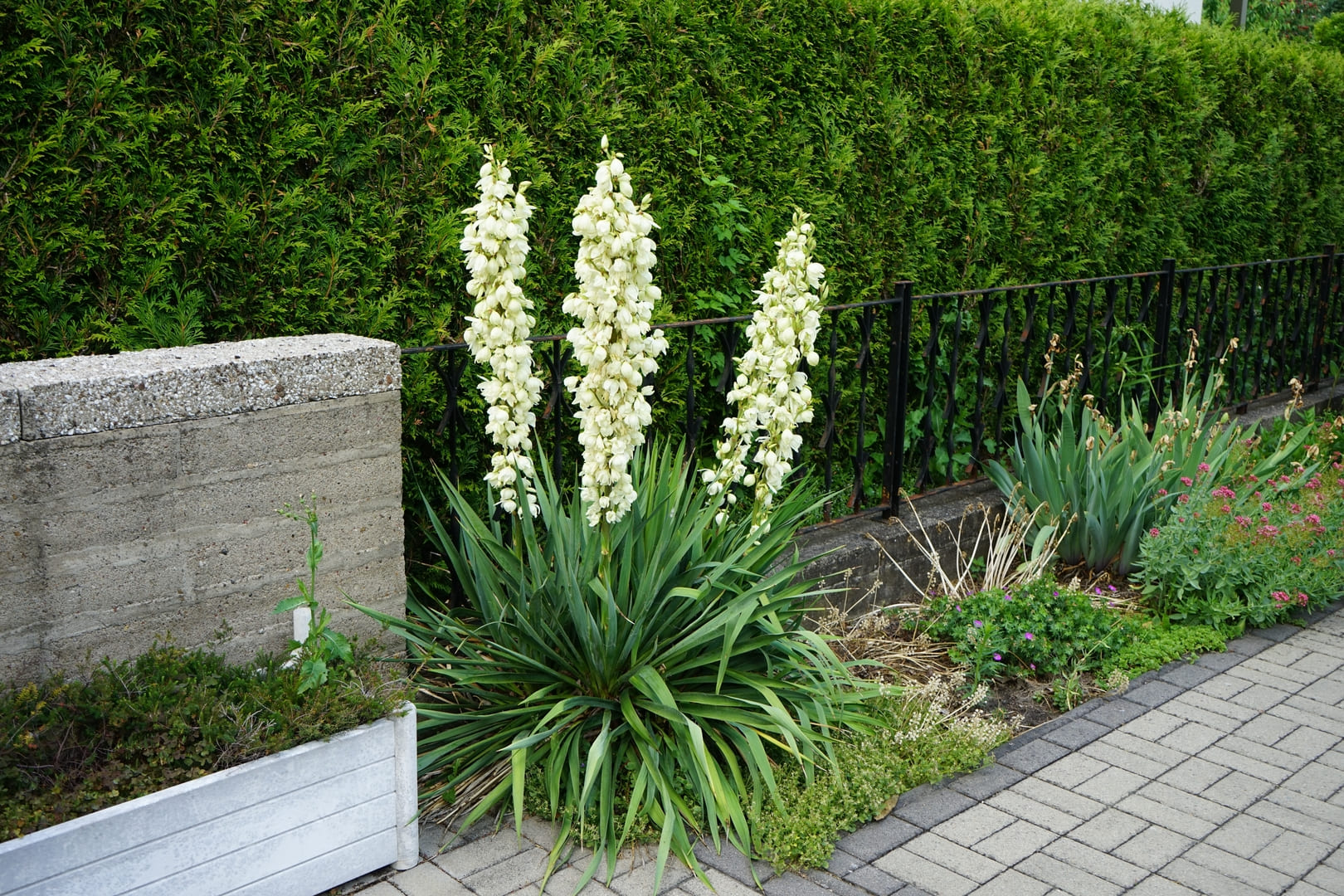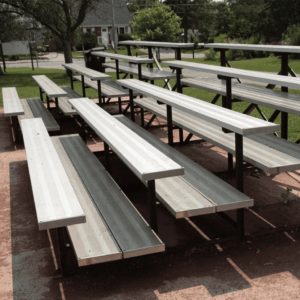Gardening can be a rewarding endeavor, bringing beauty and tranquility to your home environment. However, not all plants are benign; some can pose significant risks to your garden, home, and even your health. Understanding which plants can cause harm is crucial for maintaining a safe and enjoyable outdoor space. This article explores the types of harmful plants identified by horticulturalists, their potential impacts, and strategies for managing these threats effectively.
Identifying Harmful Plants
Horticulturalists have identified various plants that can cause damage to gardens, homes, and personal well-being. These plants are often categorised based on their toxicity, invasiveness, or potential to cause physical harm.
Toxic Plants
Some plants contain chemicals or compounds that can be toxic to humans and pets. These toxic plants can cause a range of health issues, from mild irritation to severe poisoning.
- Oleander (Nerium oleander): Oleander is a popular ornamental shrub known for its beautiful flowers. However, all parts of the plant are highly toxic if ingested, causing symptoms such as nausea, vomiting, and even heart irregularities. Handling the plant can also cause skin irritation.
- Foxglove (Digitalis purpurea): Foxglove is admired for its striking flowers, but it contains digitalis, a compound that affects the heart. Ingesting any part of the plant can lead to severe cardiac issues and gastrointestinal distress.
- Castor Bean (Ricinus communis): The castor bean plant is known for its large, attractive leaves and seed pods. However, the seeds contain ricin, a potent toxin that can be fatal if ingested. Even small amounts can cause serious health problems.
Invasive Plants
Invasive species can wreak havoc on gardens and natural landscapes by outcompeting native plants and disrupting local ecosystems.
- Kudzu (Pueraria montana): Originally from Asia, kudzu is infamous for its rapid growth and ability to smother other plants. It can cover and kill trees, shrubs, and structures, causing extensive damage to gardens and landscapes.
- Japanese Knotweed (Fallopia japonica): Japanese knotweed is a highly invasive species that can penetrate and damage building foundations, drainage systems, and other structures. Its aggressive growth can also displace native vegetation, leading to ecological imbalances.
- Bindweed (Convolvulus arvensis): Bindweed is a persistent weed that wraps around other plants, choking them and competing for resources. It is difficult to eradicate and can severely impact the health of your garden plants.
Plants That Cause Physical Harm
Some plants have physical attributes that can cause injury or irritation to humans and pets.
- Thorny Plants (e.g., Roses, Hawthorn): Plants with thorns or spines can cause painful puncture wounds or scratches. While they may add beauty to your garden, caution is needed to avoid accidental injuries.
- Stinging Nettle (Urtica dioica): Stinging nettle is known for its fine, stinging hairs that can cause a painful, burning sensation upon contact. The plant can be problematic if touched or brushed against during garden maintenance.
- Poison Ivy (Toxicodendron radicans): Poison ivy is infamous for causing severe skin irritation and allergic reactions. Contact with the plant’s oils can lead to itching, redness, and blisters.
Managing and Mitigating Risks
To ensure a safe and healthy garden environment, consider the following strategies for managing harmful plants:
1. Research Before Planting
Before introducing new plants to your garden, research their characteristics and potential risks. Consult horticultural guides, local extension services, or professional landscapers to understand which plants are suitable for your area and safe for your home environment.
2. Proper Handling and Care
When dealing with toxic or thorny plants, wear appropriate protective clothing such as gloves and long sleeves. Handle plants with care and ensure that children and pets are kept away from potentially harmful species.
3. Control and Removal
For invasive species, timely intervention is crucial. Regularly inspect your garden for invasive plants and take action to control or remove them. This may involve mechanical removal, herbicide application, or seeking professional assistance.
4. Safe Disposal
Dispose of harmful plants properly to prevent accidental exposure. Do not compost toxic plants or invasive species, as this can spread their seeds or toxins. Follow local guidelines for plant disposal to ensure safe handling.
Conclusion
While gardening offers numerous benefits, it is essential to be aware of the potential risks associated with certain plants. By understanding which plants can cause harm and taking appropriate precautions, you can create a safe and enjoyable outdoor space. Proper research, handling, and management are key to mitigating the risks posed by harmful plants and ensuring that your garden remains a source of pleasure and well-being.





